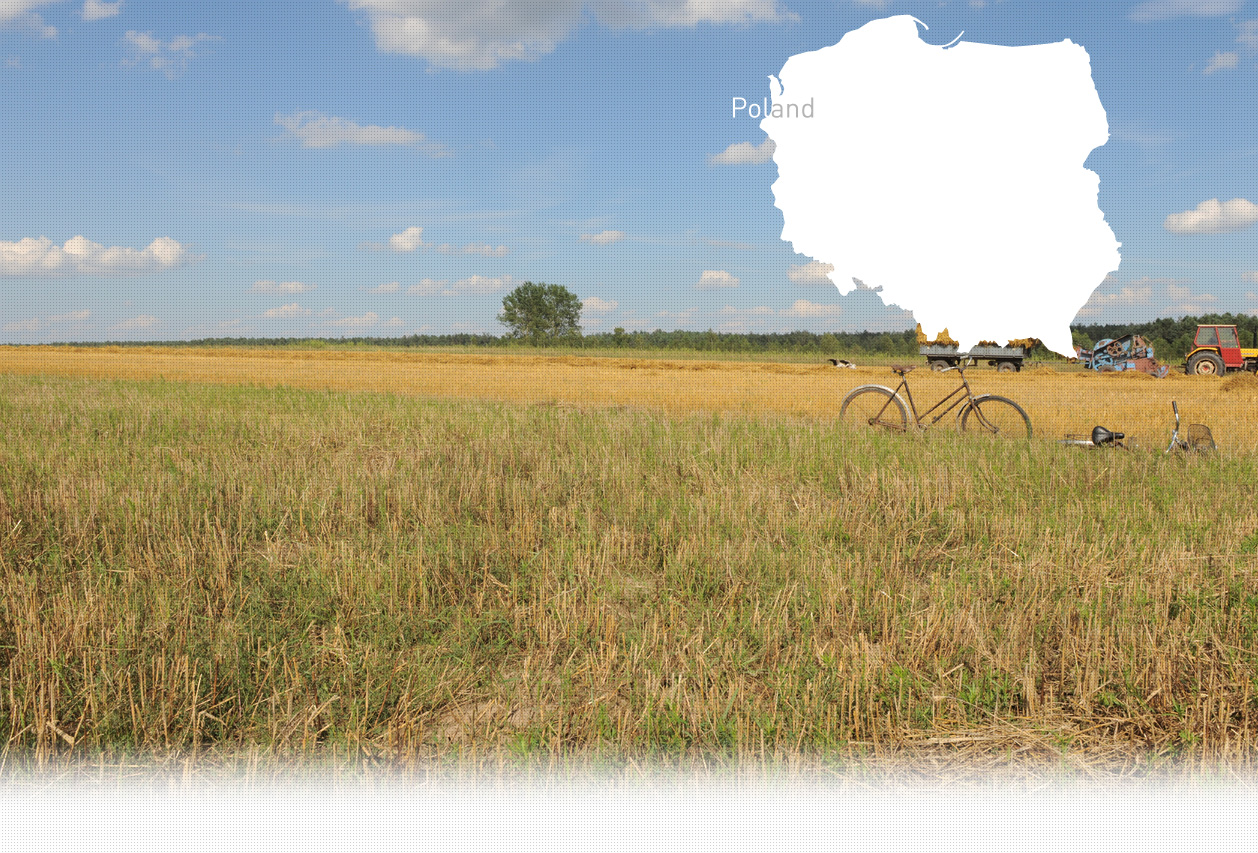

1 Killing site(s)
Stefania L., born in 1932: "There were several shootings in the meadows around Wólka. Forced laborers were executed there. Several times, the Germans came in trucks to transport people—both men and women—to be killed. Once, I was in the meadow with my cows when I saw three trucks arrive. The Germans took people off the first truck and lined them up at the edge of a pit. Several German soldiers fired automatic weapons, and the people fell into the pit. They continued like this until everyone had been killed." [Testimony N°YIU971P, interviewed in Wólka Plebańska, on March 19, 2019]
"Statement of Filipiuk Piotr
Position: Mayor (sołtys) of the village of Sidorki
Date of Birth: 1885
1. Date and Place of Execution:
No exact date is known; executions took place in the years 1942, 1943, and 1944 in Wólka Plebańska.
2. Type of Execution:
Shooting
3. Victims:
Nationality: Poles and Jews
Estimated Number Killed: Approximately 250
Place of Origin: Victims came from the Raabe Factory in Biała Podlaska
Names, Ages, Occupations: No data available
Reason for Execution / Charges: Unknown (no documented accusations or justification)
4. Perpetrators:
Responsible Party: Gestapo
Names of Perpetrators: Not known
5. Handling of Bodies:
Method of Disposal: Bodies were buried at the execution site
Location of Mass Graves:
Approximately 5 km south of Biała Podlaska,
400 meters to the right of the Biała Podlaska–Łomazy road,
1 km south of the village of Wólka Plebańska
6. Description of Graves:
Number of Graves: Three
Dimensions: Two graves measuring 5 x 3 meters (each estimated to contain ~40 victims); One larger grave measuring 10 x 4 meters (estimated to contain ~170 victims)
7. Exhumation and Burial Details:
Polish victims were exhumed after the war and reburied in the Catholic cemetery in Biała Podlaska
Jewish victims’ bodies remain buried at the original site"
[Source: GK 163/12, p. 51 RV]
Wólka Plebańska is a village in the administrative district of Gmina Biała Podlaska in eastern Poland. It is located approximately 4 km (2 miles) south of Biała Podlaska and 93 km (58 miles) northeast of the regional capital, Lublin.
According to local witnesses interviewed by Yahad-In Unum, there were no Jewish residents in Wólka Plebańska before the war. However, a significant Jewish community thrived in the nearby town of Biała Podlaska.
Following the outbreak of the Second World War, the German administration in the region was centralized in Biała Podlaska, located less than 5 km from Wólka Plebańska.
According to a local witness, the Germans frequently carried out punitive actions against villagers suspected of hiding partisans. Residents were either executed or rounded up and sent to work in nearby factories, local labor camps, or deported to Germany for forced labor.
According to Polish archives, the Gestapo executed approximately 250 Jewish and Polish individuals in Wólka Plebańska. These victims were reportedly connected to the Raabe Factory in Biała Podlaska. The killings are believed to have taken place between 1942 and 1944.
The Raabe Factory, established in 1869 by the Raabe brothers and originally specializing in the production of wooden shoe sticks, was seized by the Germans after the outbreak of the war. Its operations were converted to support the German military industry. Between 1940 and 1944, the Raabe brothers’ villa was expanded and used as the local Gestapo headquarters. It included eight prison cells and an interrogation room, while the upper floor housed apartments for Gestapo officers. During the occupation, an estimated 10,000 residents of the Podlasie region passed through the prison’s cells, many of whom were tortured and executed.
The exact identities of those transported by the Gestapo to Wólka Plebańska and killed remain difficult to confirm. The victims were likely either Gestapo prisoners or forced laborers, including Jewish inmates employed in several labor camps in Biała Podlaska. What is certain is that the Gestapo murdered at least 250 individuals—both Jews and Poles—at a site located approximately 400 meters from the Biała Podlaska–Łomazy road and about 1 km south of Wólka Plebańska.
According to archival sources, the victims’ bodies were buried in three mass graves: two measuring 5 by 3 meters, and a third, larger pit measuring 10 by 4 meters. The bodies of the Polish victims were later exhumed and reburied in the Catholic cemetery in Biała Podlaska, but the remains of the Jewish victims were left at the original site.
A local witness interviewed by Yahad recalled that trucks, escorted by German soldiers, arrived in Wólka Plebańska multiple times, each carrying groups of prisoners. The victims were taken to the edge of the pit in groups and executed with automatic weapons. The witness confirmed the existence of several mass graves in what were once open meadows near the Biała Podlaska road, now overgrown by forest.
A monument commemorating the local residents killed by the Nazis stands at the site of the executions. However, it does not acknowledge the Jewish identity of many of the victims.
For more information about the killing of Jews from Biała Podlaska, please refer to the corresponding profile.
Do you have additional information regarding a village that you would like to share with Yahad ?
Please contact us at contact@yahadinunum.org
or by calling Yahad – In Unum at +33 (0) 1 53 20 13 17